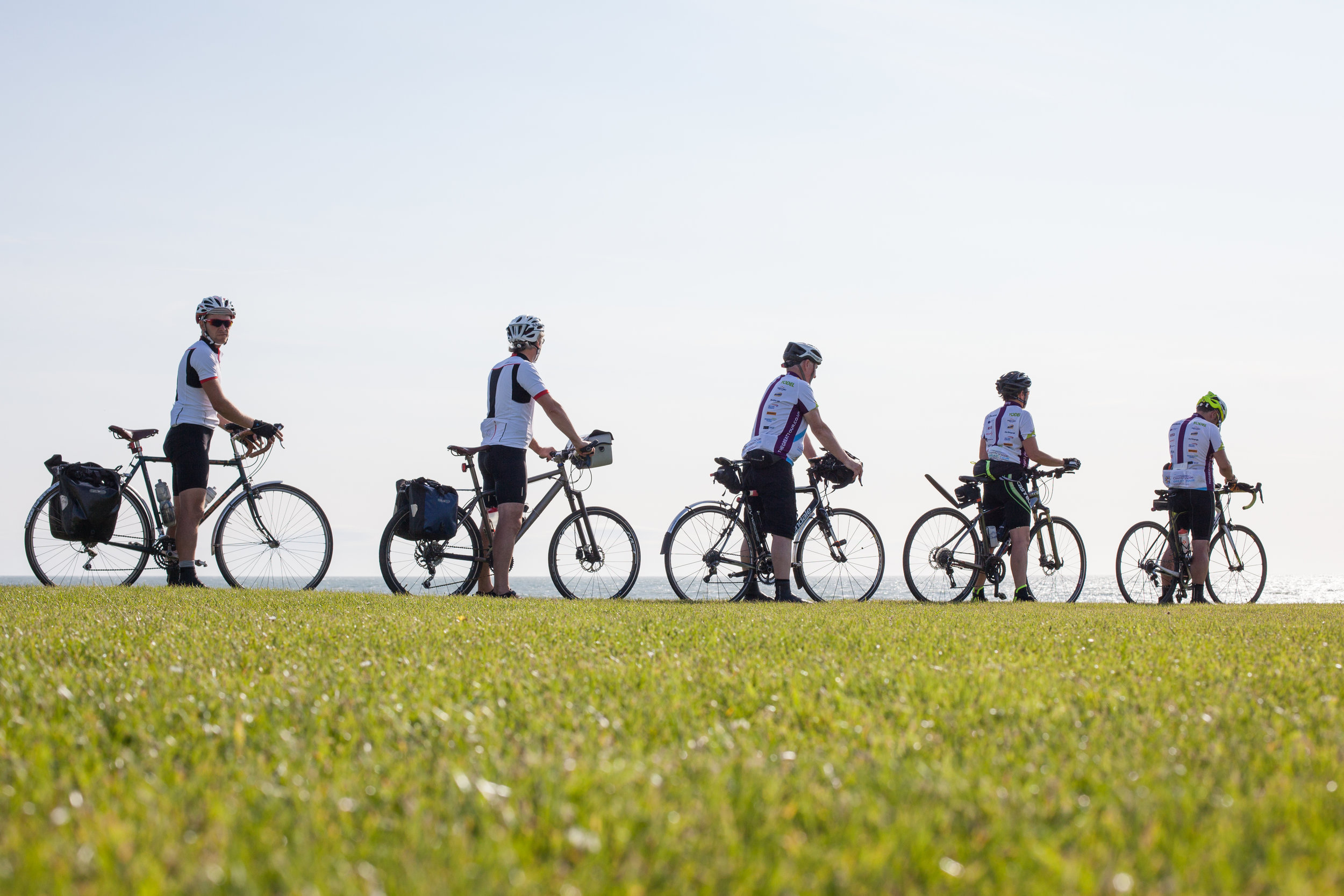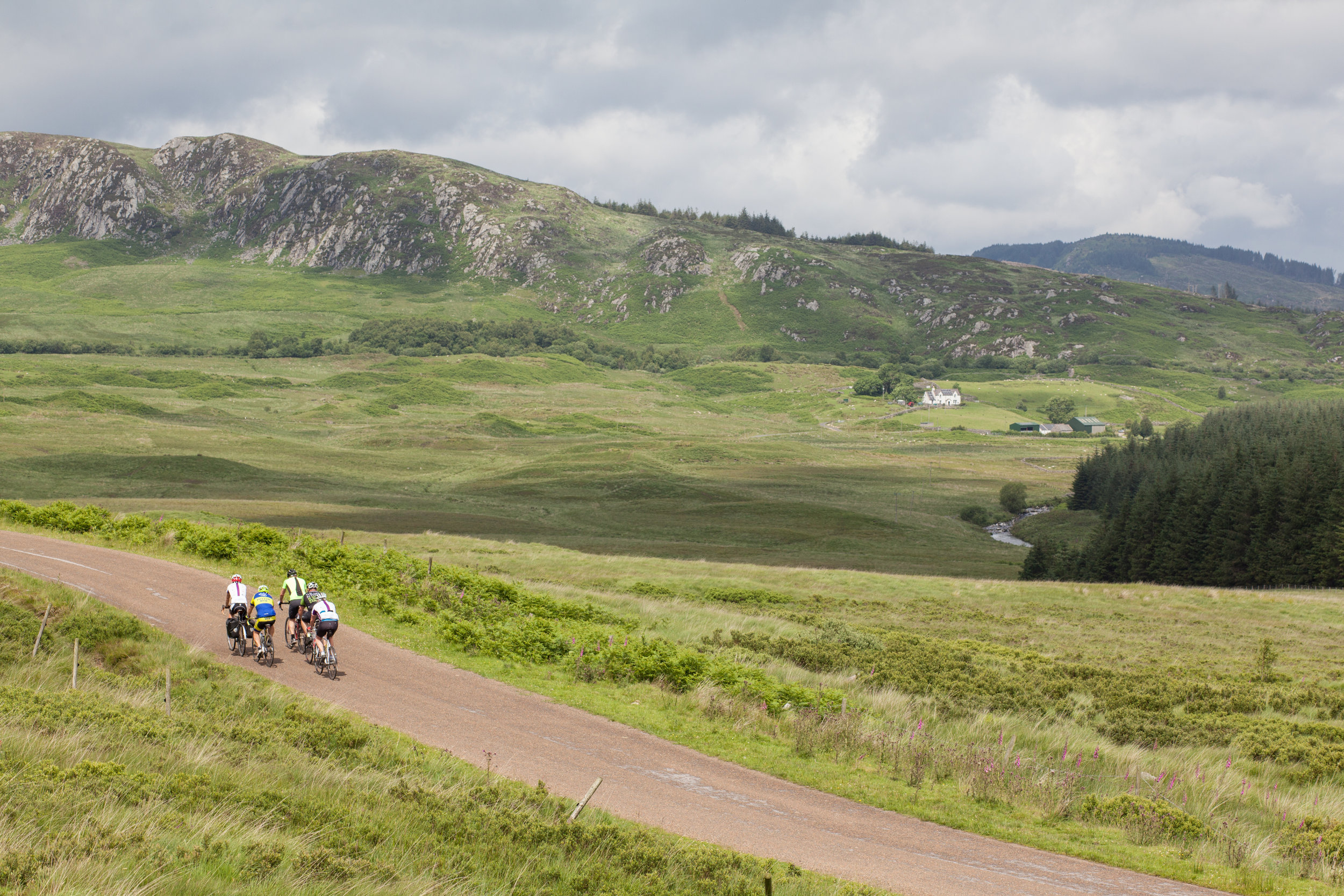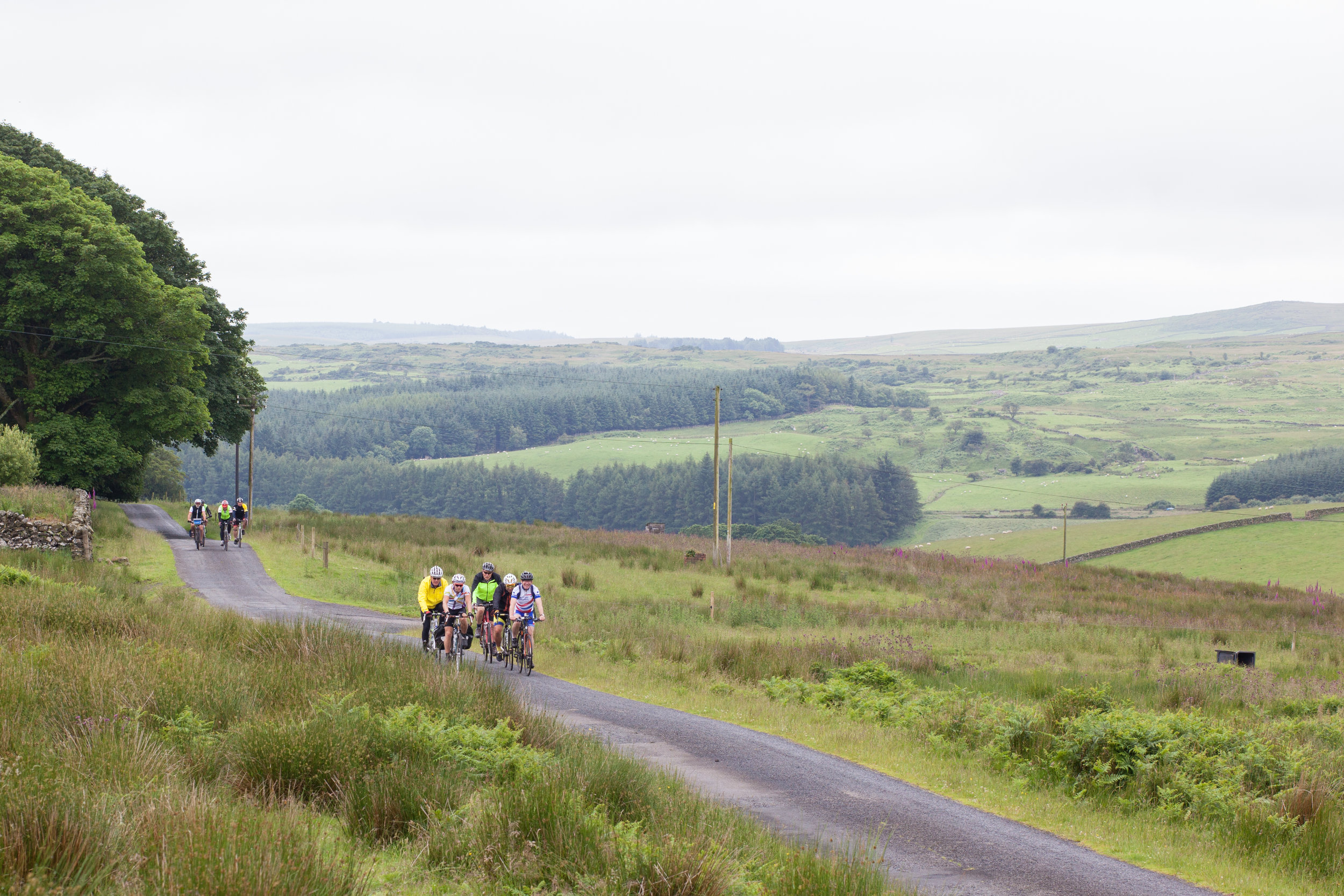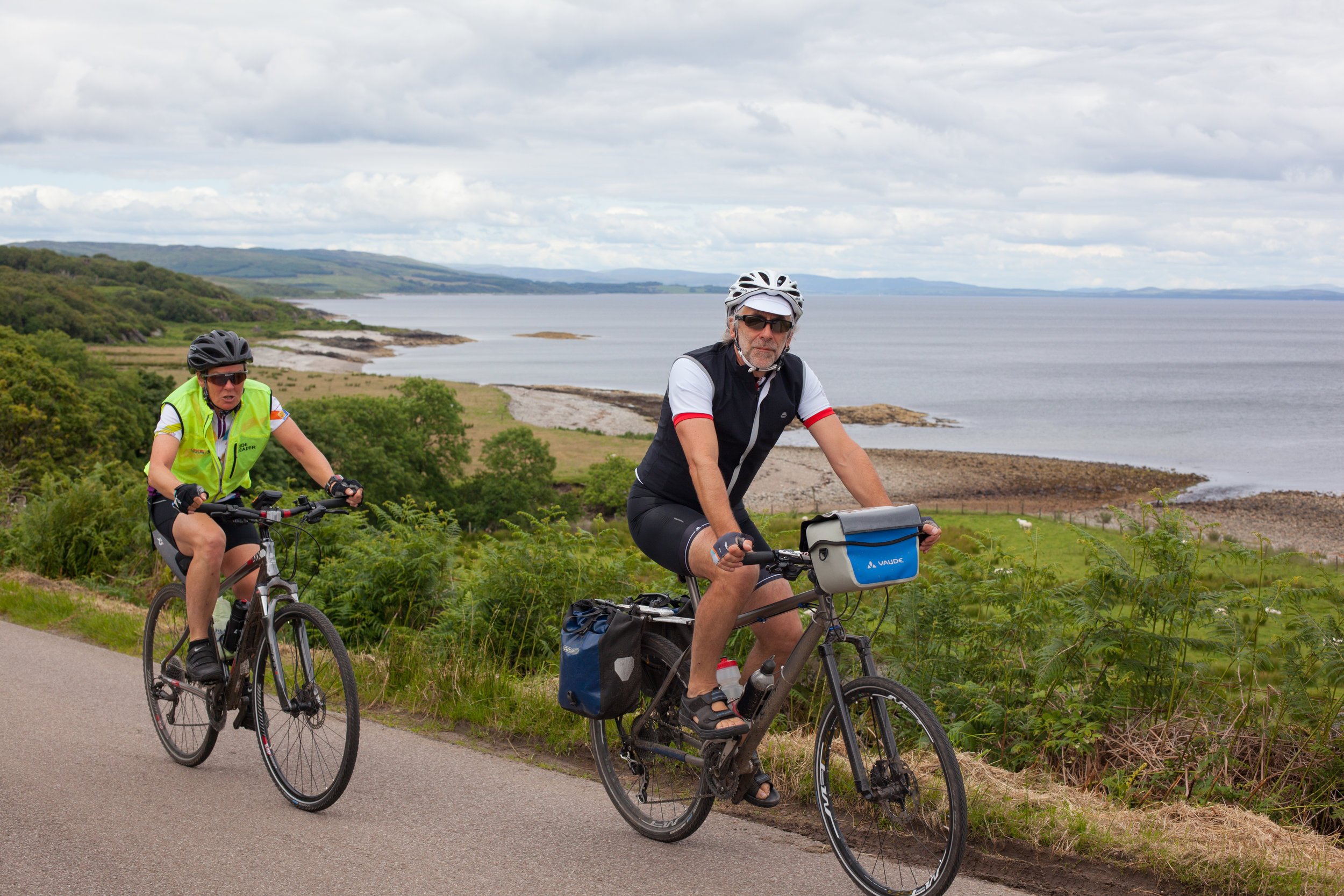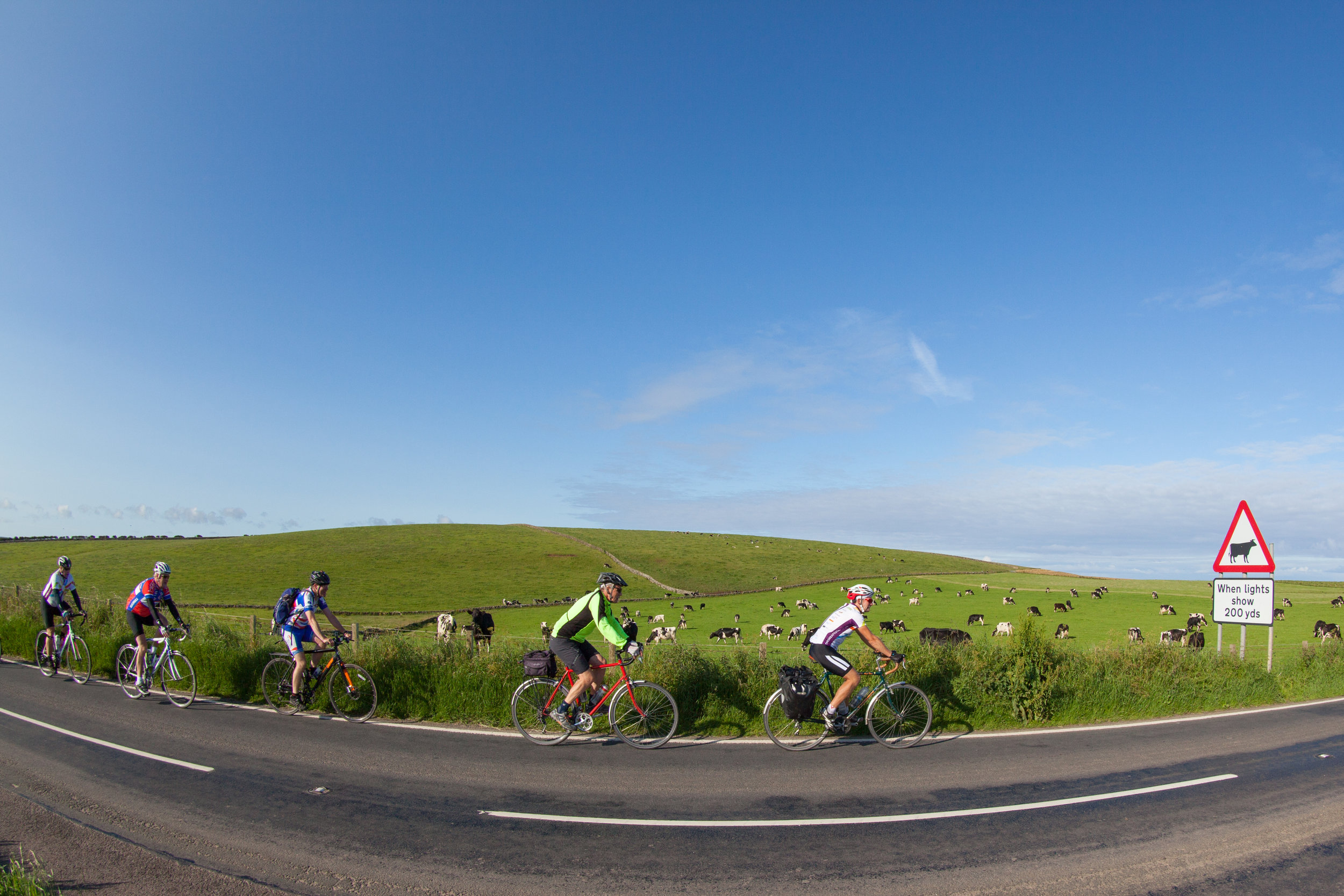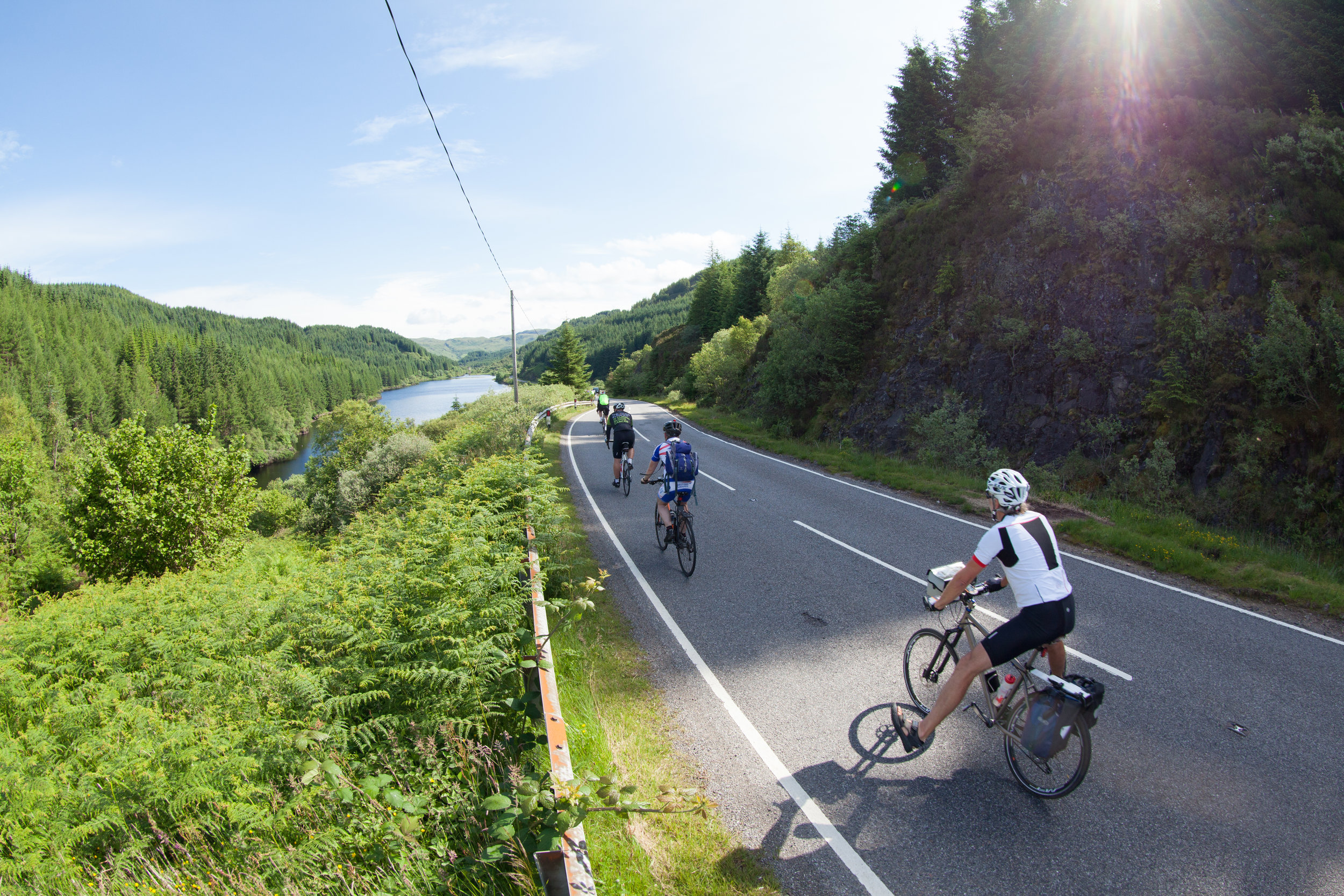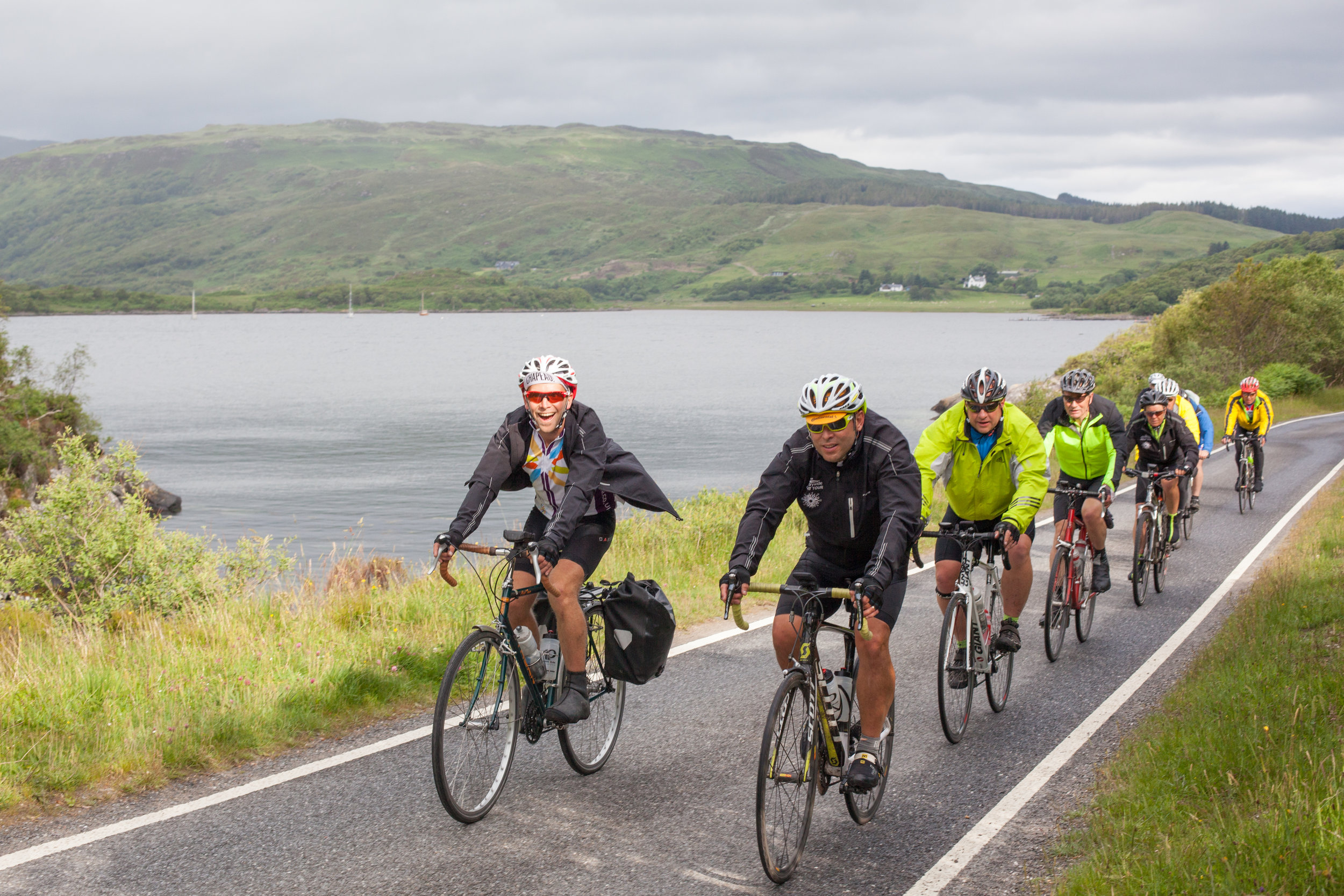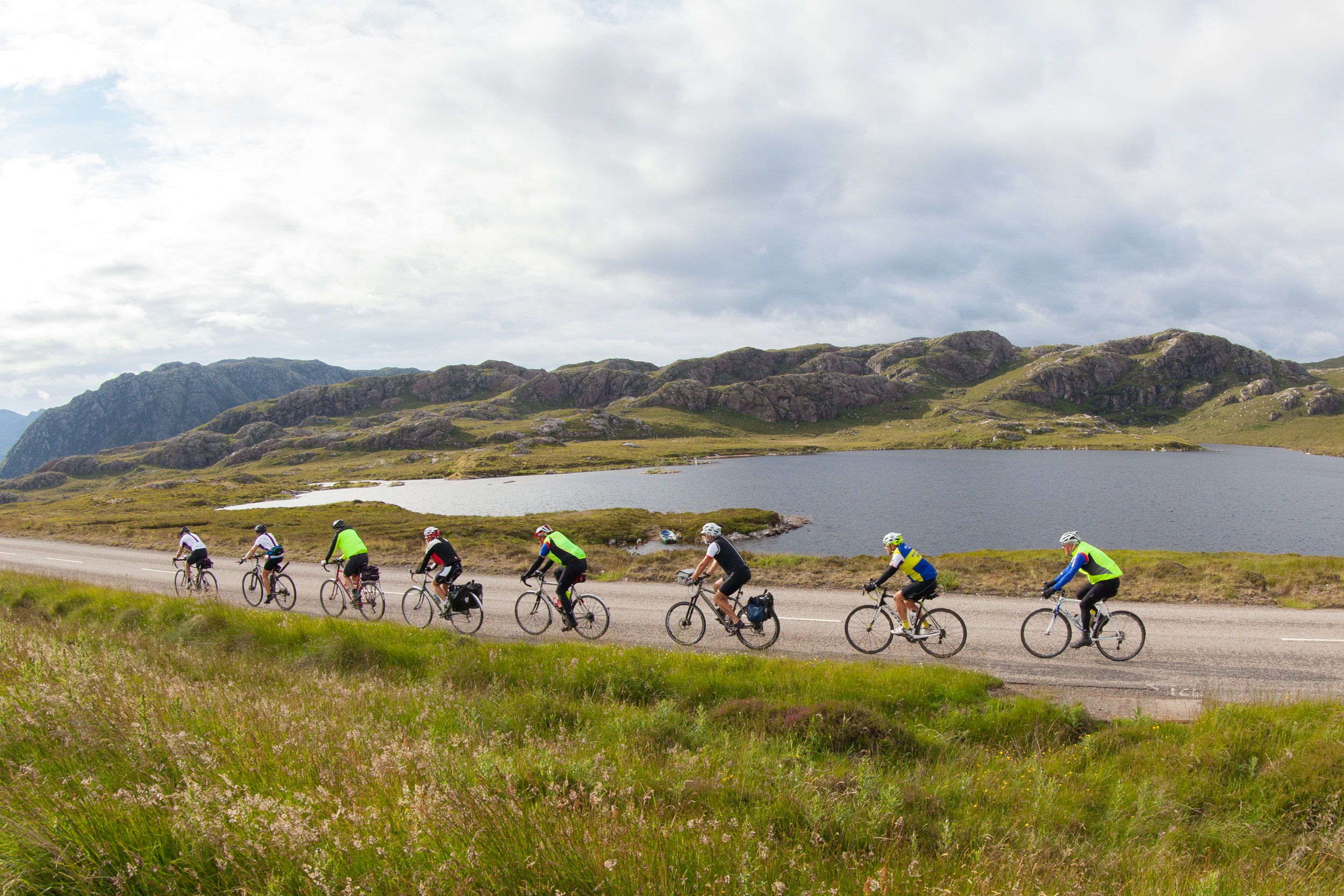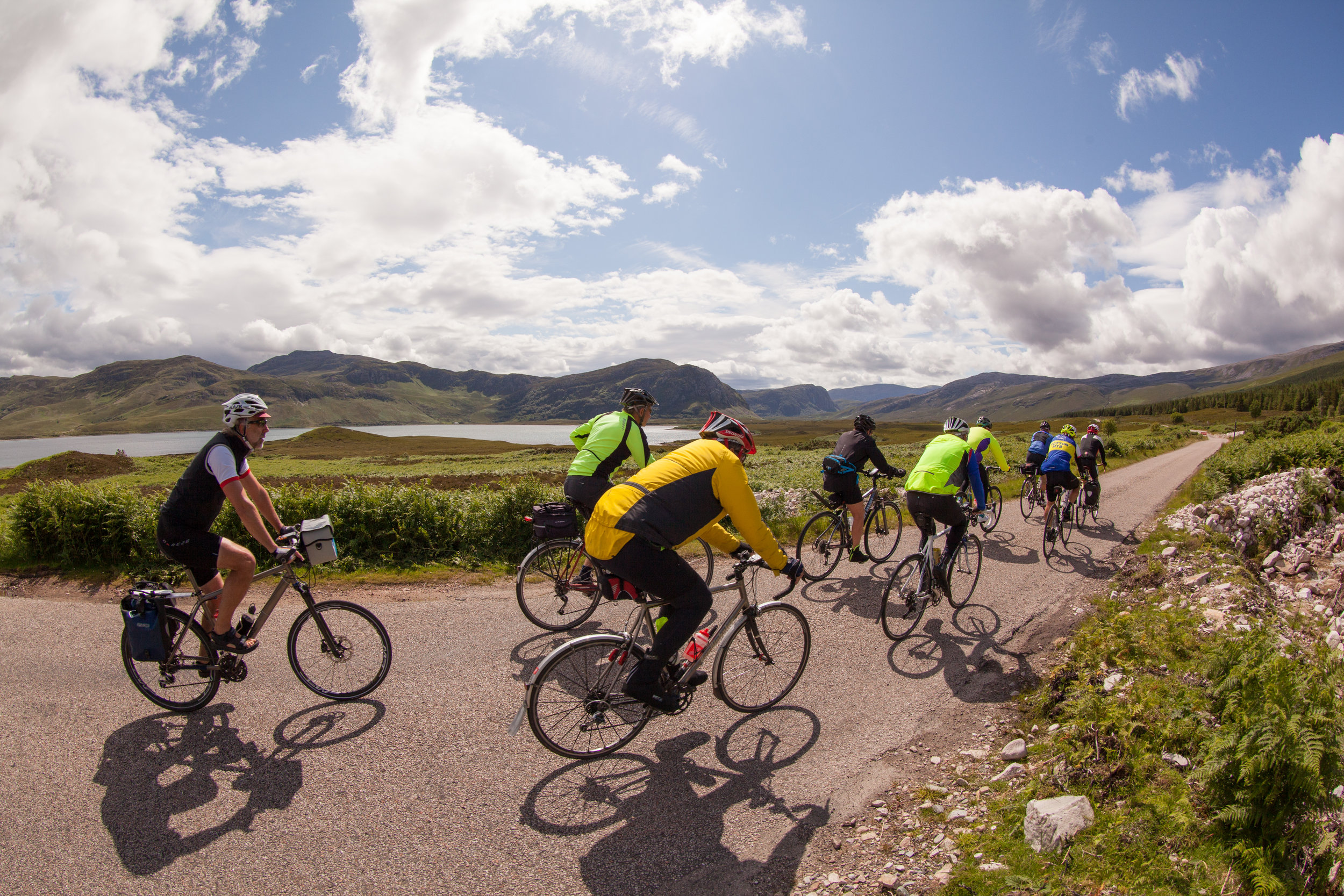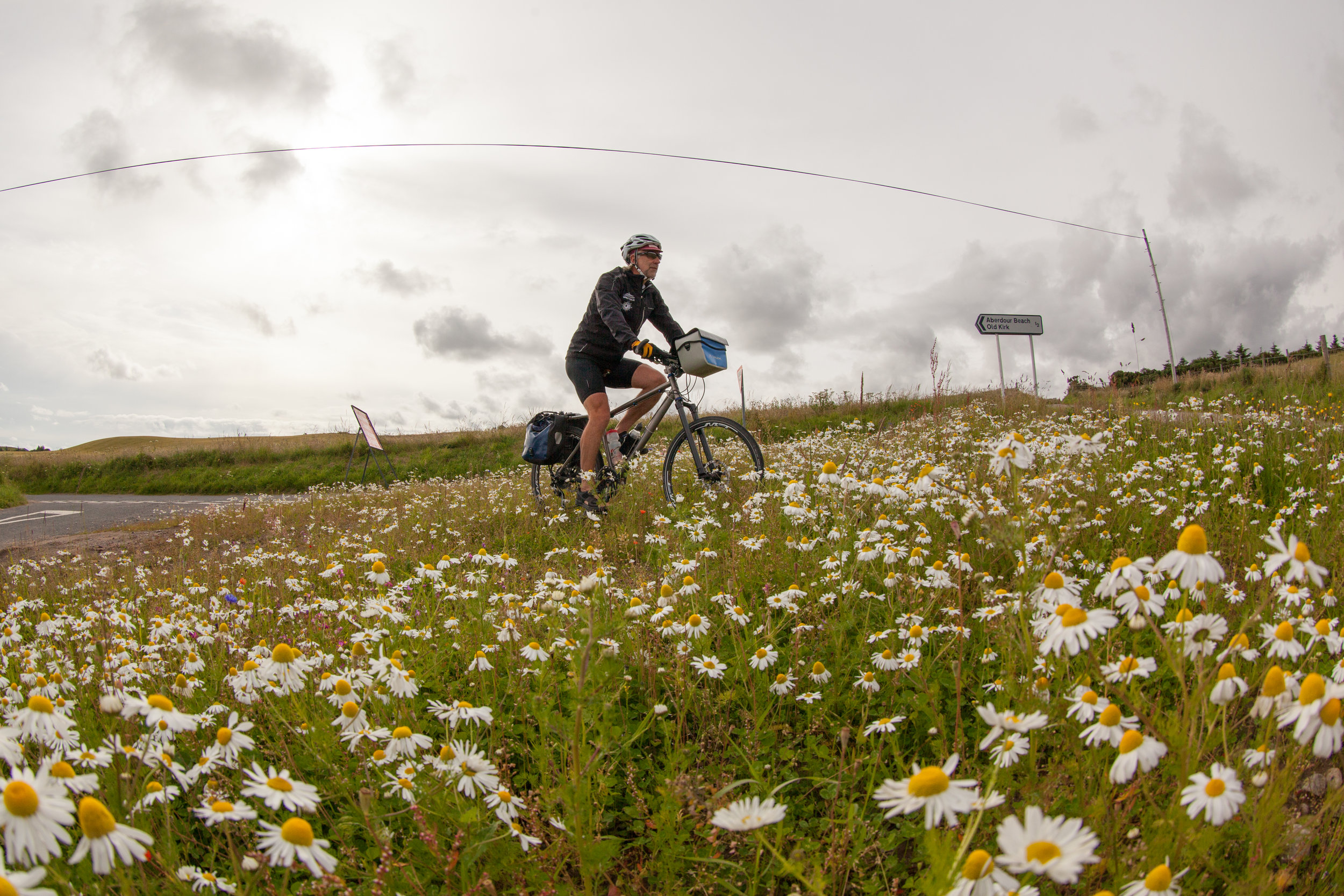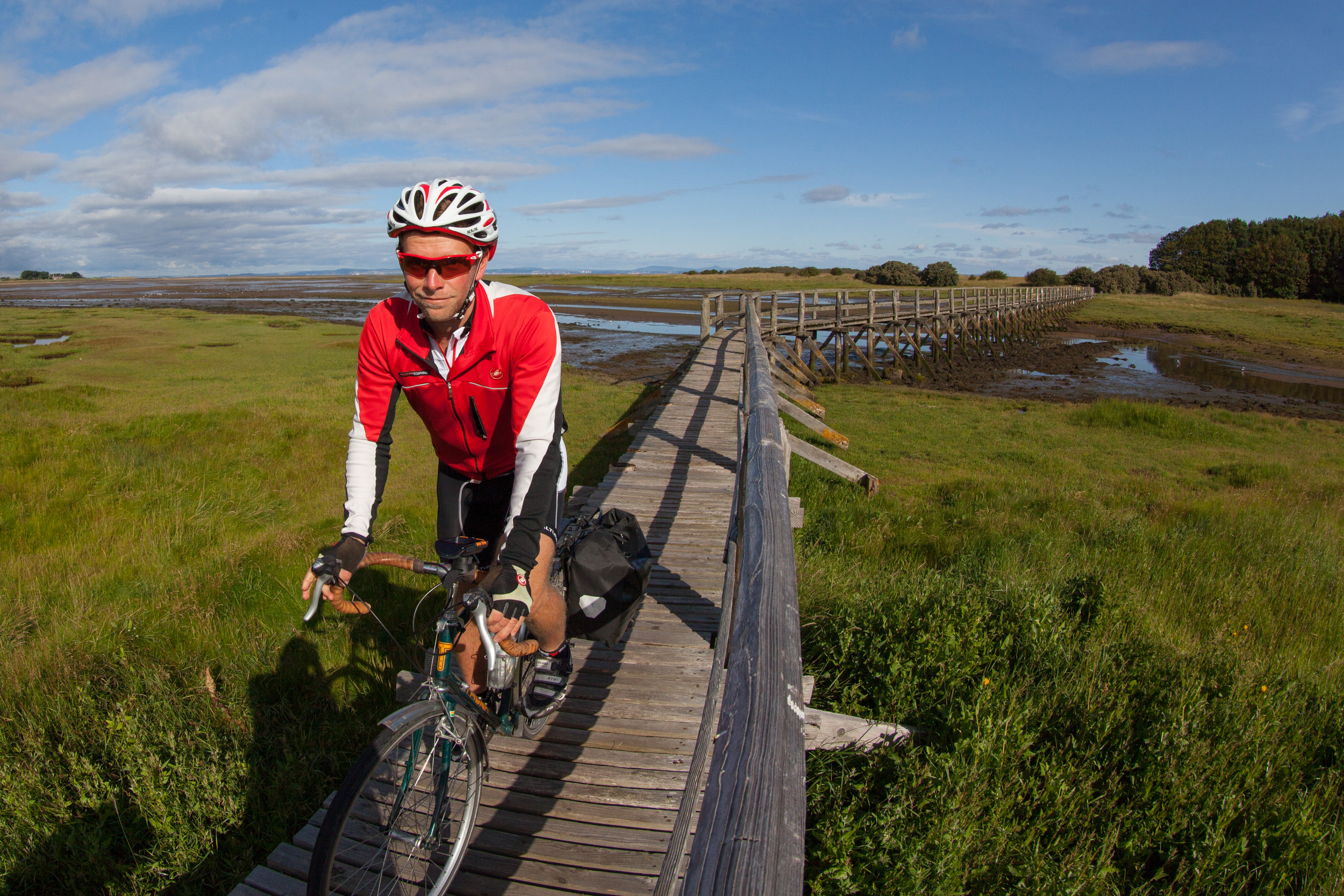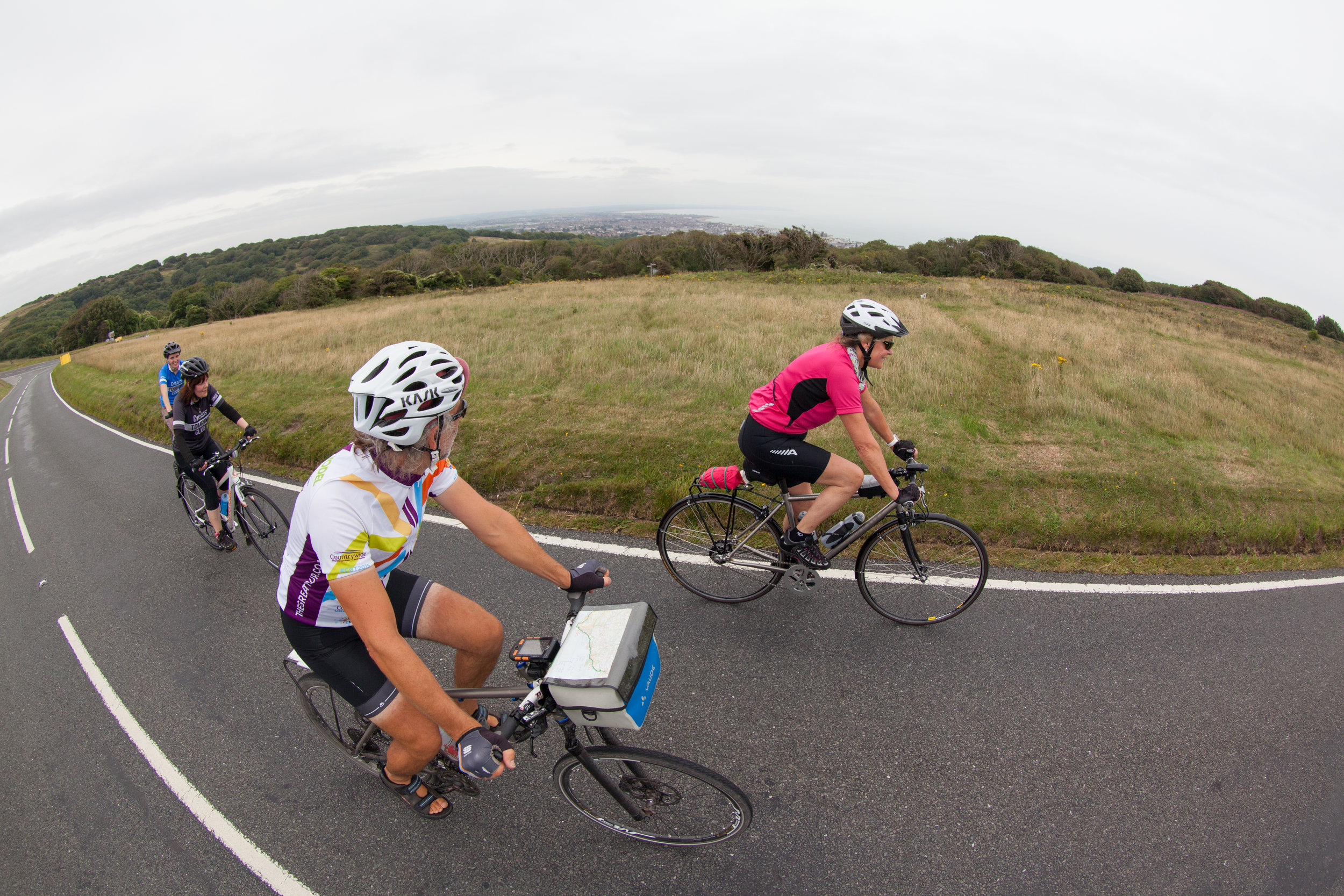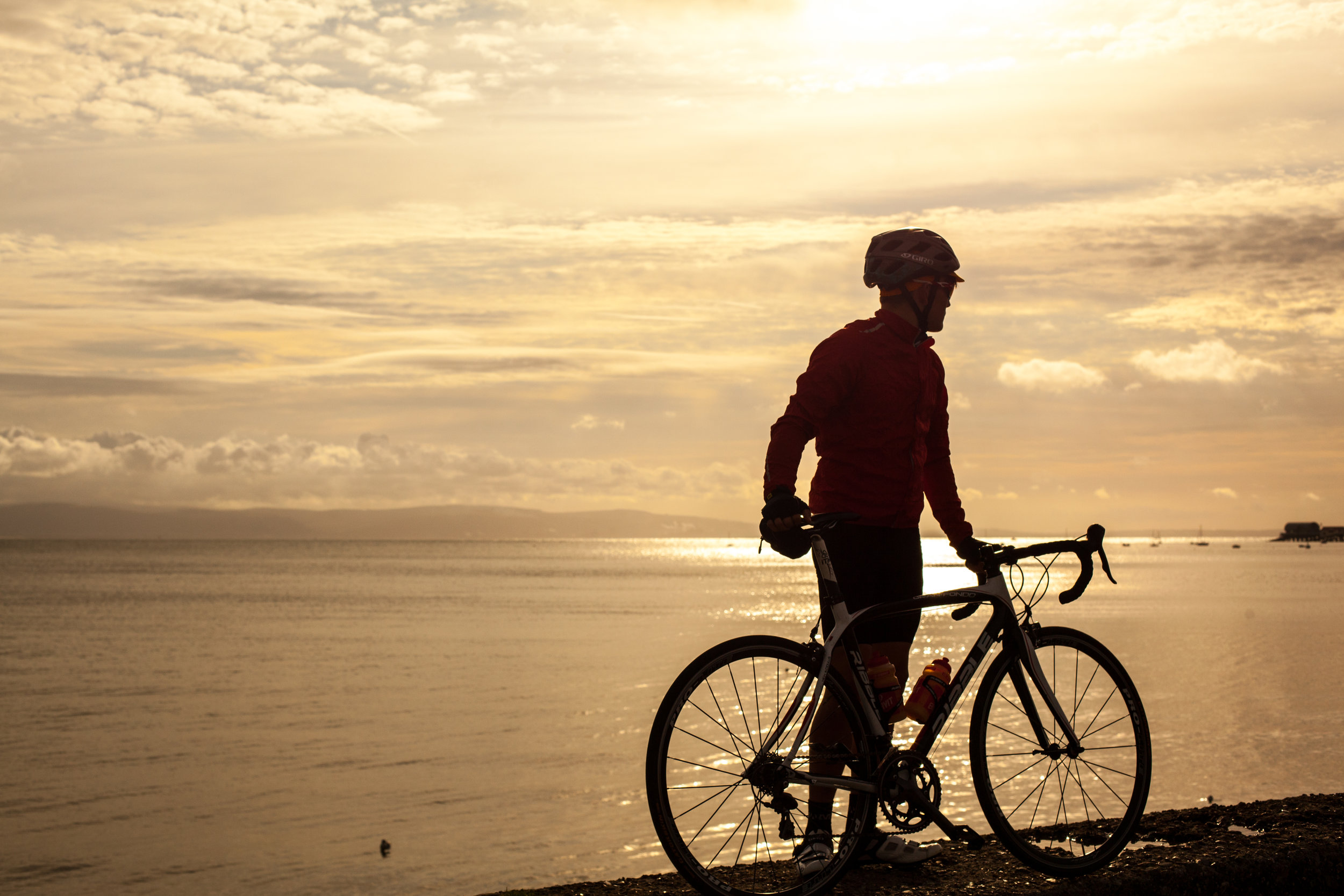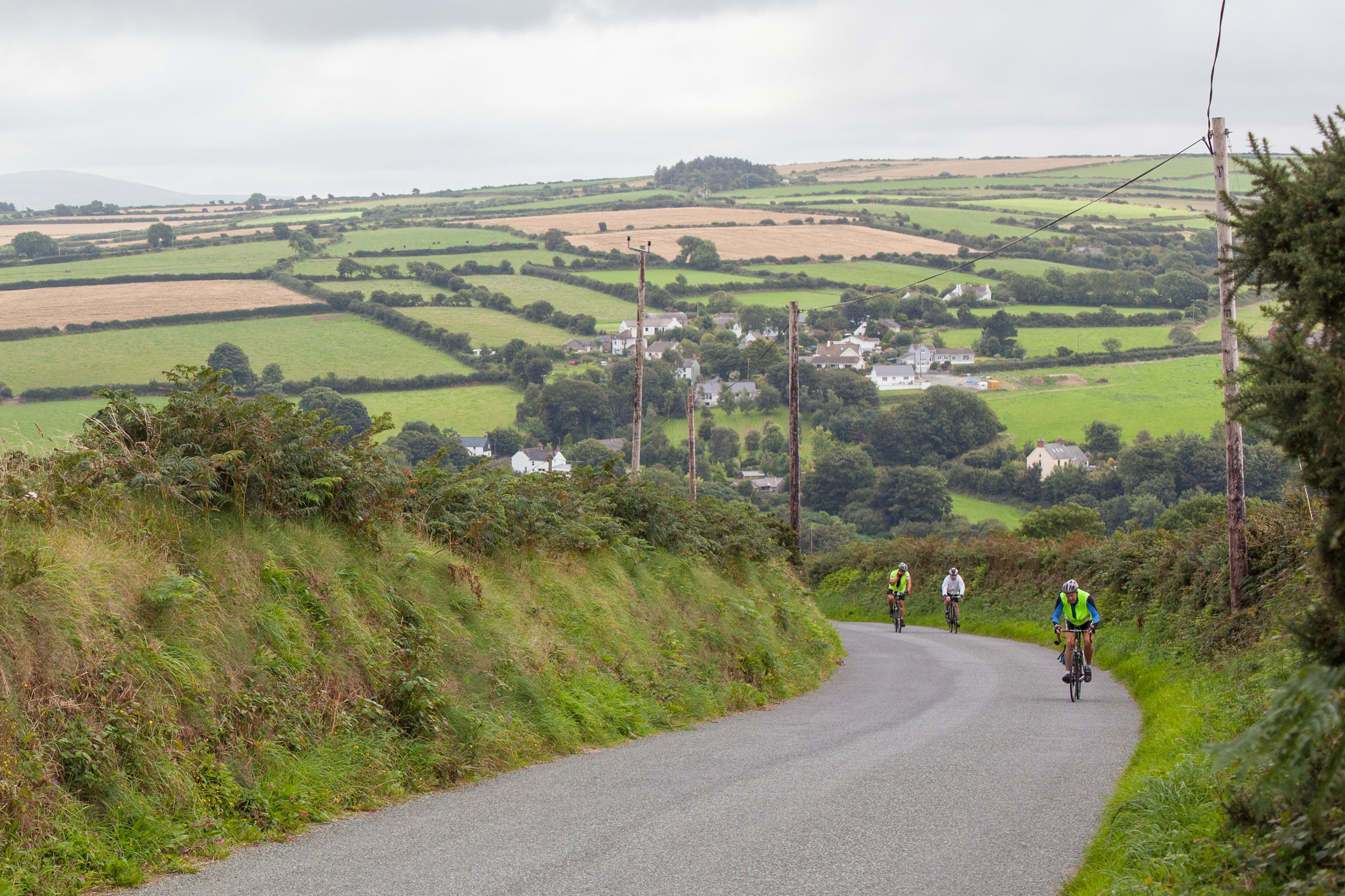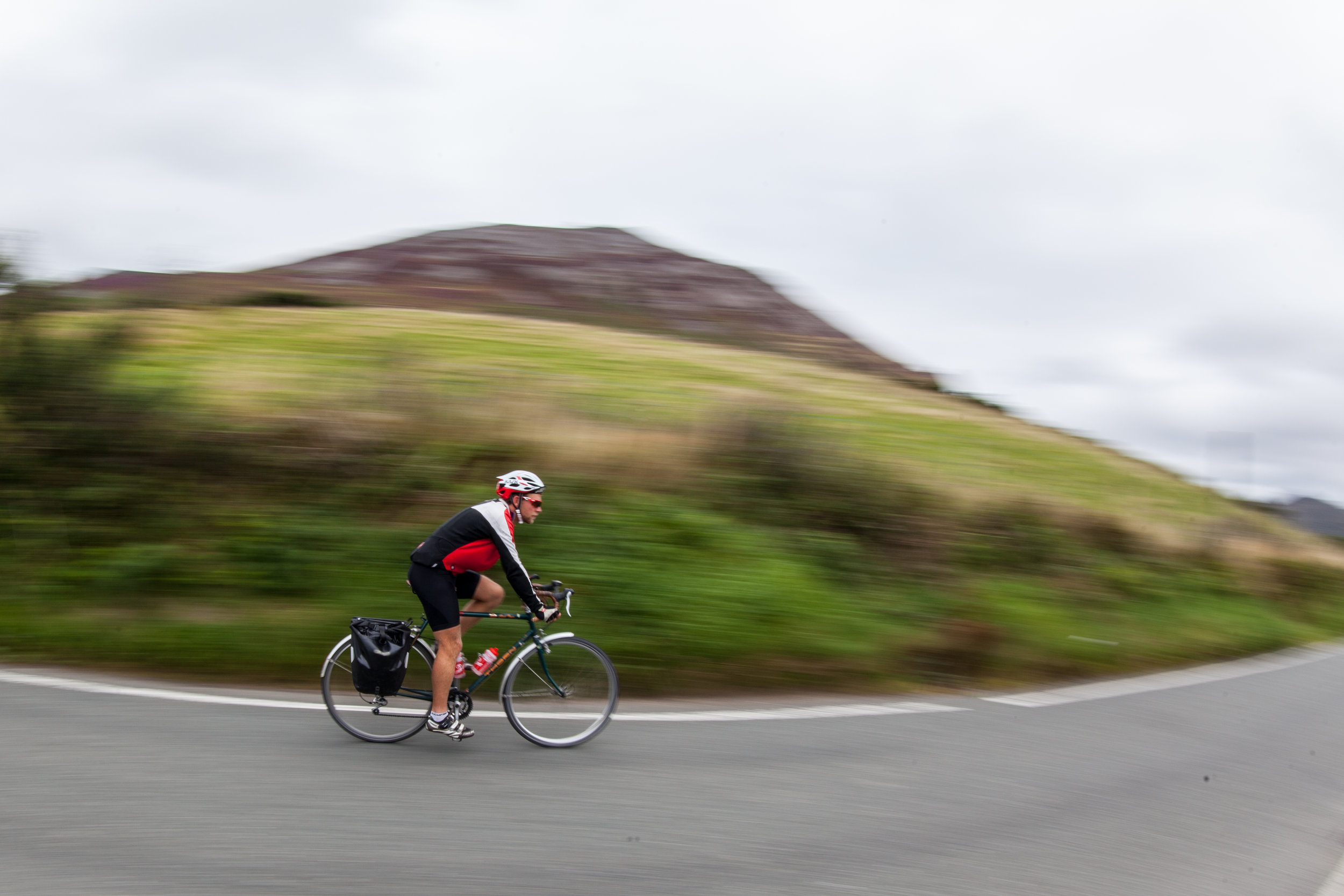Fifteen Years, One Continent
Fifteen years ago, with a freshly bought digital SLR slung over my shoulder and little idea of what I was doing, I set off on what would become my first major photographic journey.
After some volunteering in Northern Morocco, a group of friends and I hit the road — driving the length of the Country, through the vast silence of the Western Sahara, across the border into Mauritania, and eventually arriving in Bamako, Mali. I ended up staying there for a couple of months, mostly in the capital. I taught at a local school, took a couple of dusty road trips, and pointed my camera at everything and everyone.
In Bamako, I crashed on the couch of two Togolese Brothers. On their advice, I booked a cheap flight to Togo, then carried on overland through Benin and into Ghana.
That trip through West Africa left a mark. It taught me that photography — especially candid, observational, in-the-thick-of-it travel photography — could be more than just making images. It could be a way of seeing, of connecting, of paying attention. You can look at some of my travel images from that West African trip on my Flickr Folder - click here.
Back in Senegal
A decade or so later, I returned to the region — this time spending a couple of months in Senegal and The Gambia. The energy of West Africa was as magnetic as ever. I based myself around Dakar, a city of contrasts: fishing villages and modern malls, Baobab trees and bustling traffic. And then there's Yoff Beach — a wide stretch of golden sand where life happens in public: fishermen mending nets, kids playing football, women in vibrant and beautiful clothing, animals wandering freely, and the surf is pretty good also! Click here to read an earlier view an earlier photography blog I published about Yoff Beach in Dakar.
This is where I captured the photo — a slice of real life during Tabaski.
What Is Tabaski?
Tabaski, also known as Eid al-Adha, is one of the most important religious festivals in the Islamic calendar. In Senegal, it’s more than a celebration — it’s a national event. Families across the country save for months to purchase a ram or sheep for the traditional sacrifice, honouring the story of Abraham’s willingness to sacrifice his son in obedience to God.
In the days leading up to Tabaski — Dakar transforms. The city becomes a sea of sheep. Literally. They’re everywhere — tethered along roadsides, herded through narrow streets, waiting in courtyards, even dotting the city’s long Atlantic beaches. It’s a surreal and striking sight, a blend of chaos and tradition that reflects how deeply this ritual is woven into Senegalese life.
Tabaski commemorates the Prophet Ibrahim’s willingness to sacrifice his son as an act of obedience to God — and the subsequent mercy shown by the replacement of the child with a ram. In Senegal, the celebration is taken seriously and celebrated communally. Each family, if they can afford it, buys a sheep in the days before the festival. The animal is kept close, often fed and tended to as part of the family, before it is ritually slaughtered and shared — with meat divided among relatives, friends, and those in need.
In 2025, Tabaski will be celebrated on Sunday, June 8th, though, as with many Islamic holidays, this can vary slightly depending on moon sightings. Before the ceremony, the sheep must be prepared — cleaned, blessed, and treated with care.
Children Leading a Sheep to the Sea
This candid image shows a group of young boys leading a sheep into the ocean for a wash. It might look playful — and there’s definitely joy in the scene — but it’s part of a real responsibility. The boys are active participants in the festival, helping their family and community. The sheep resists, digging its hooves into the sand. The kids strain and struggle, laughing as they work together to coax it forward. There’s a sense of ritual, but also spontaneity.
This is what I love about candid, reportage-style travel photography — when real life plays out naturally in front of the lens. No posing. No performance. Just people being themselves, culture unfolding before the lens. The above shot is one of the first I took of the boys before they noticed I was there, untagged and candid it is still my favourite. Upon seeing me I took a few more of the group more posed surrounding the sheep which can be viewed amongst my Tabaski Festival slideshow at the bottom of this blog.
The Shot
Captured with a Canon EOS 5D Mark II and a 50mm f/1.4 lens, the settings were:
ƒ/7.1, 1/1000 sec, ISO 125.
The light was perfect — soft, overcast, flattering - click here to view the image on Flickr. The colours are rich but grounded: the vibrant painted fishing boats in the background, the boys’ shorts and shirts, the black-and-white sheep, the wet sand underfoot. It’s a dynamic frame full of motion and texture. My go-to aperture today of such shots would always be f/6.0 but f/7.1 works great here, the focus of all the boys and the sheep is sharp. Click here to view an alternative Lightroom edit of the image.
A Festival of People
This photo isn’t just about the sheep or even the kids — it’s about community. About cultural moments that involve everyone, no matter their age. It’s about how tradition, religion, and childhood intertwine — sometimes chaotically — in daily life.
These are the scenes I chase as a photographer: unscripted, layered, human. They speak to the wider World — whether through Getty Images sales or platforms like National Geographic and Conde Naste. And they stay with me long after I’ve left the beach.
Yoff Beach, Dakar, Senegal
In places like this, life spills into the open. That’s the beauty of shooting in Dakar — nothing is hidden. And during Tabaski, the city pulses with meaning and memory.
So here’s to the kids, the sheep, and the sea — and to the small struggles that hold entire stories inside them. Click through the following slideshow to view a few more Tabaski Festival images taken down by the Sea on Yoff Beach in Dakar, Senegal:
#Tabaski #EidAlAdha #SenegalPhotography #YoffBeach #WestAfricaTravel #CandidPhotography #CulturalPhotography #TravelReportage #StreetPhotographyAfrica #GeraintRowlandPhotography #Tabaski2025 #EidAlAdha2025 #sheep














